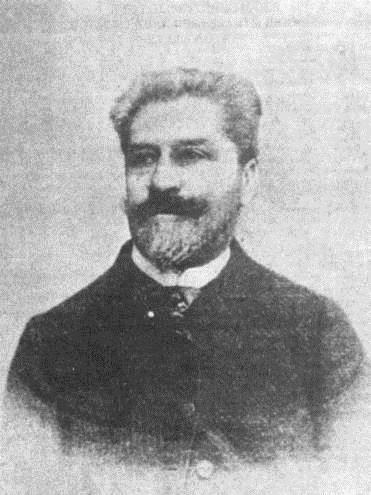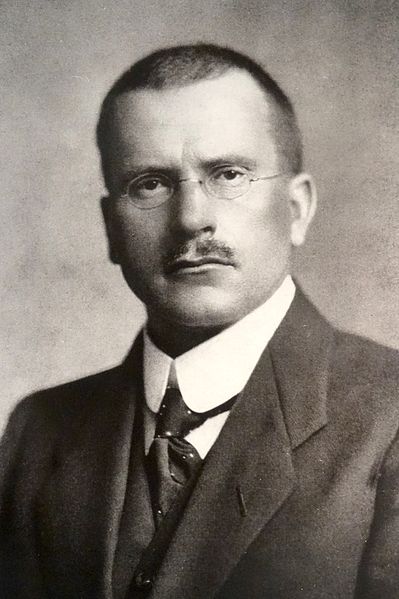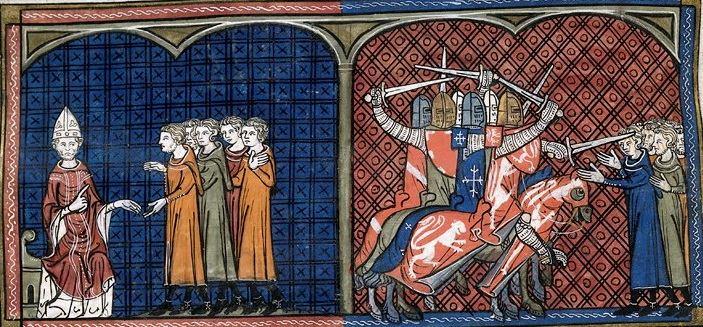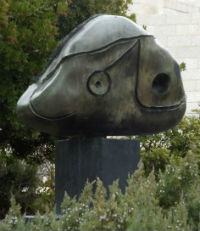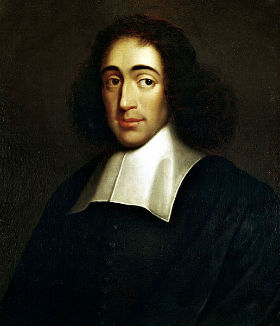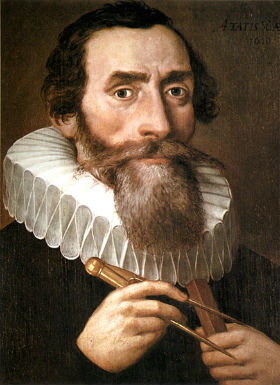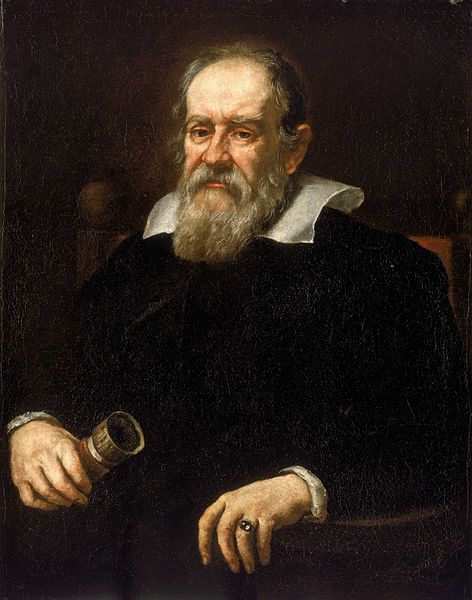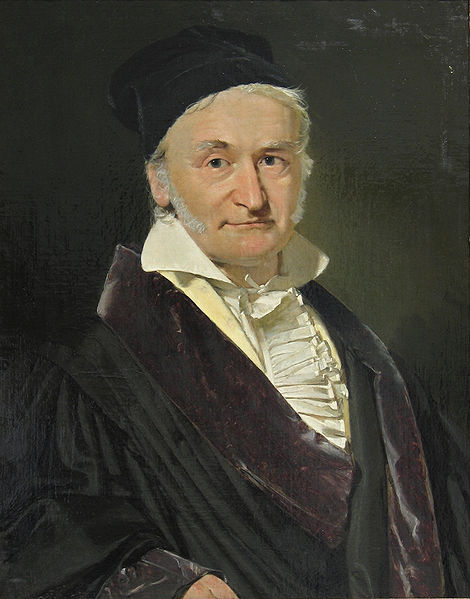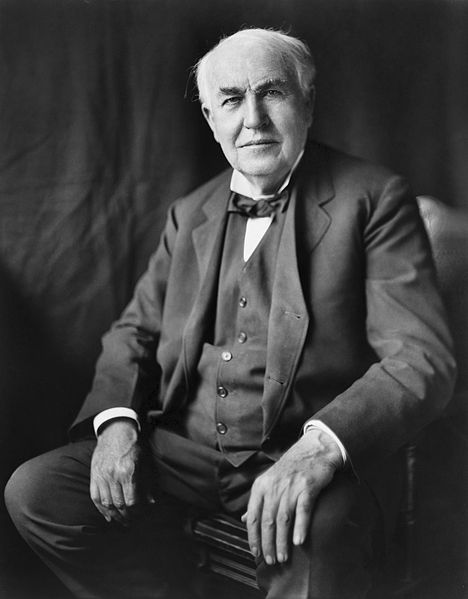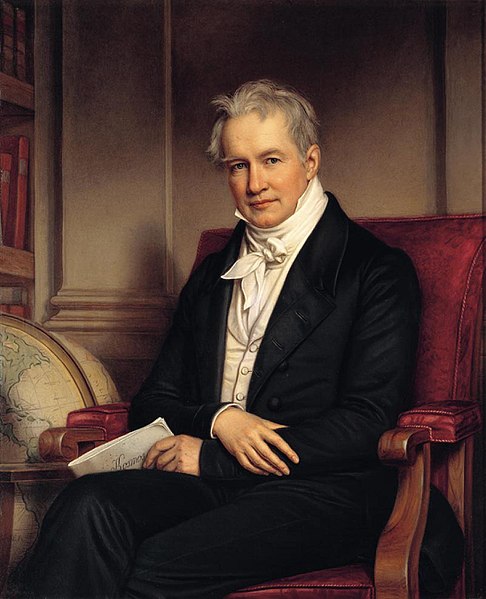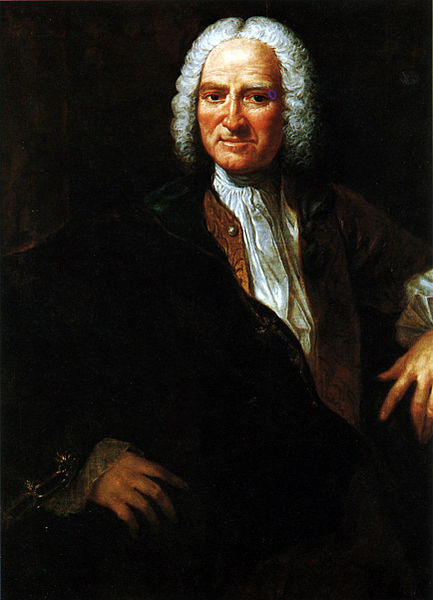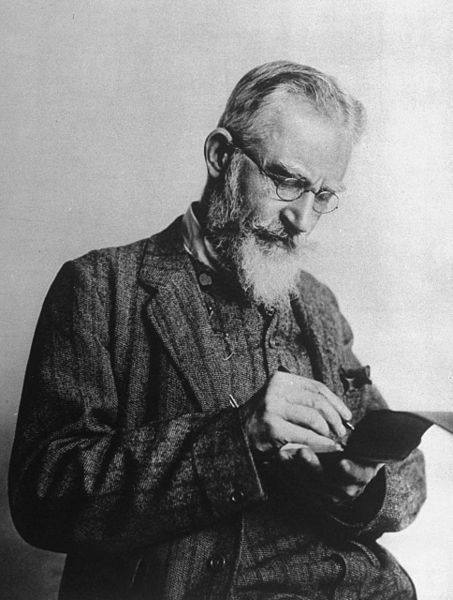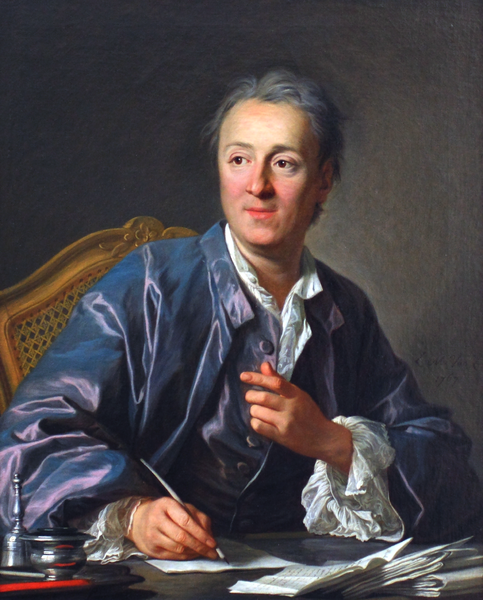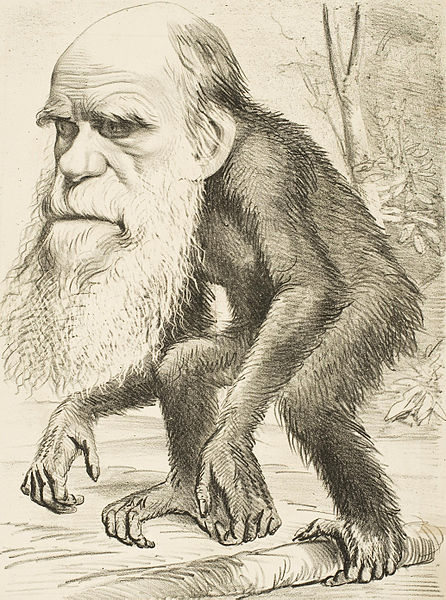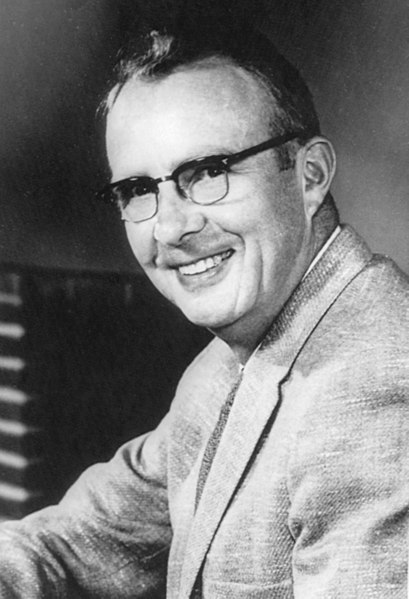| Главная » Статьи » Прошлое и настоящее |
I-4. Honey and beads
I-4.1 Gnosticism, abducted and defiled
In the time of troubles, at the cusp of the 19th-20th centuries, interest to Gnosticism suddenly reappears in the form of occult-mystic practices and acquires an extraordinary popularity in the circles of decadent and exalted intellectuals. However, this interest bears no relation to the true Gnosticism. This is the mixture of mind games, fascination with mysticism and gravitation towards thrills which are passed off as pursuance of knowledge. All kinds of hypotheses arise and multiply. About the secret succession between the Cathars and Masons via the Templars. About the secret connection between the Cathars and the mysterious “Holy Grail”. About the Cathars as bearers of “sacral knowledge” of the ancient Celts. There appear new societies like “spiritual initiations”, “Universal White Brotherhood” (1), Peter Deunov with his meditations, yoga and dedication to the Himalayan “babaji” (“sādhu” in Hinduism).
Helena Blavatsky (wiki) Peter Deunov (Качено от Hristo,wiki) There appear mystics and pseudo-mystics professing succession to Gnostics, the lovers of esoteric and the supernatural, magicians and mystificators who used Gnostic symbols and names with extraordinary ease but in reality they emasculated the idea itself and never even took interest in it. Some of them obviously knew nothing about Gnosticism or were indifferent to it. This did not stop their followers from seeking and finding in their theories the “Gnostic hermeticism”, of which there were no traces. Helena Blavatsky (2) with her Theosophical Society, “Ancient Wisdom”, “The Secret Doctrine” and “Isis Unveiled”; “black magician” and “Satanist” Aleister Crowley (3), the author of “The Book of the Law” and “The Thoth Tarot”, the creator of the sect “Ordo Templi Orientis” who called himself “the Beast 666” and his daughter – “Nuit Ma Ahathoor Hecate Sappho Jezebel Lilith”; Rene Guenon (4), who consequently converted to Islam, with his “Primordial Tradition”, the crazy and fancy eclectic mix of Daoism, Kabbalah, Hinduism, Buddhism, symbolism and Sufism – all these people, who remarkably were accredited with Gnosticism, bear the same relation to Gnostics as the Earl Cagliostro or Prince Borneo.
Jules Doinel (wiki) However, using Gnostic terms and symbols to create the veil of mystery, they at any rate did not declare themselves the followers of this teaching. The same cannot be said about the spiritualist Jules Doinel – “the Bishop of Montsegur and Primate of the Albigeois “, “Ennoia’s spiritual fiancé”, “Valentine’s incarnation”, “Tau Valentin II”, “the Bishop Ales and Mirepoix” (5). Or about Jean Bricaud – “Tau Jean II” and “Patriarch of the l'Église Gnostique Universelle” (6). It’s hard to say what prevailed here: spiritual quest, pretense, affectation, narcissism, a fashionable awe of miracles and occult, self-deceit or simply copying. Possibly, a bit of everything. But not all of these séances with visions, incarnations, Sophia’s revelations, engagements to Ennoia are a scanty and ridiculous parody of Gnosticism as a well-constructed and deep philosophical-religious system.
Carl Jung (wiki) Carl Jung, without doubt, took a keen interest in Gnosticism and his treatise under a grandiloquent and pretentious name “Septem Sermones ad Mortuos” described by him as “Seven Sermons to the Dead, written by Basilides of Alexandria, the city where East and West meet” is the proof of this. However, he was wrapped up in the world of “secret knowledge”, alchemy, myths, occult symbols of the Antiquity and the Middle Ages just in the same way. All this intricately co-existed in his brain, as well as the brains of many of his famous contemporaries, including Martin Heidegger, with abominable quasi-scientific ideologies, such as the race theory. In his journal he printed the extracts from “Mein Kampf” and supported Nazis. This was a strange and garish mixture of occultism, rationalism inherent in absolute irrationalism, and intellectualism with a mystical underpinning has nothing in common with Gnosticism as a religious philosophy with its own interpretation of divine world, nature of Evil and Man as a hostage of a ruthless game of Cosmic forces. Gnostic symbolism is no more than a shiny spangle on his intricate psychological constructions meant to give appeal and extend a thread from own explorations to the “secrets of the ancient”. We also observe the attempt to manipulate Gnostic teachings – absurd, contrived and at times even disgusting. The example is the “investigation” of Nazi archaeologist Otto Rahn employed by Himmler (7) who maintained that the Cathars were the bearers of the “sacral knowledge” of ancient Celts squashed by the Judaism-Christianity. Or linking Gnosticism with modern ideologies – communism and fascism – by the American philosopher of Austrian origin Eric Voegelin (8). There is no doubt that when intricate intellect and an artificial hoard are at work, anything can be linked to anything. One can maintain that communism rests upon the ancient Egyptian cults, and as an example bring the embalmed Lenin in the Mausoleum. One can attempt to prove that the Northern Europe is the ancestral homeland of “Aryans”; that the primitive tribes of Africa and Australia believed in one God and the ancient Maya civilization is the part of Atlantis which is connected to the Middle East. But this bears no relation to either religion or history. It is obvious that Gnosticism in either of its versions never aspired to establish “heaven on earth” as the authors of modern collective ideologies tried to do. On the contrary, peace and harmony were acquired by a Gnostic through an internal escape from the palaver of material existence to an extreme individualization. Knowledge of a true, unltramundane deity and search for “Pneuma” in the soul. The purpose of a Gnostic is not in changing this world, and least of all at the expense of mass destruction and humiliation of his own kind, but in breaking through the boundaries of despicable flesh and finding the salvation in Pleuroma. Communism, Nazism and a present day Postmodernism are all ugly and reduced to absurdity derivatives of the ideas of the Age of Enlightenment about the liberation of Man via relieving him of social manacles and endowing him with material goods, on the one hand, and the cult of national state, on the other. Gnostic ideal raising Man over the “hitches” of material world, mercantilism, race or socium, does not have anything in common with these primitive theories. These manipulations impel us to settle upon another principal moment before looking at the philosophy of Gnosticism from the heights of new time: humanism and rationalism laid down in the dualistic movements from Mani’s followers to the Cathars.
1- “Universal White Brotherhood” - religious movement founded in Bulgaria in the early 20th century by Peter Deunov. Included oriental practices, meditation, breathing exercises and yoga; 2- Helena Blavatsky (1831 –1891) - an occultist, spirit medium, and author who co-founded the Theosophical Society in 1875; 3- Aleister Crowley (1875 –1947) - an English occultist, ceremonial magician and poet, founded the religion and philosophy of Thelema, which main law was "Do what thou wilt shall be the whole of the Law. Love is the law, love under will."; 4- Rene Guenon (1886 –1951), also known as Shaykh 'Abd al-Wahid Yahya, - a French author and metaphysic, wrote on metaphysics, "sacred science", symbolism and initiation; 5- Jules-Benoît Stanislas Doinel du Val-Michel (1842 - 1903), or Jules Doinel - an archivist and the founder of the first Gnostic church in modern times; 6- Jean Bricaud (1881 –1934), also known as Tau Jean II, - a French student of the occult and esoteric matters. Bricaud was heavily involved in the French neo-Gnostic movement; 7- Otto Rahn (1904 – 1939) - a German writer, medievalist and an Obersturmführer SS; 8- Eric Voegelin (1901 – 1985) - a German-born American political philosopher.
I-4.2 Equal in the face of Evil
Those Gnostic systems which existed throughout the centuries primarily differed in their extraordinarily careful, even touching compassion for living life. Not to kill a living being, not to cause pain to animals, and all the more not to torture or hurt one’s nearest and dearest – all this is characteristic of the Manicheans and the Paulicians, the Bogomils and the Albigensians. The killing of animals and birds was the gravest sin for the Albigensians, as before them the squashing of bugs was for the Manicheans, and, knowing this, to recognize “the heretic”, the Inquisition would demand of him to wring the neck of a chicken. The Cathars had no leniency for the crimes or payoffs like the indulgence – the consequence of murder, mutilation and insult was the banishment from community. Second factor is a unique tolerance, so unusual not only for the Middle Ages but for human history in general. In these movements we almost never encounter male chauvinism, so typical of the monotheistic religions: let’s remember Marcion who allowed women to perform a christening rite on an equal basis with men, and the Bogomils’ women-preachers. The Cathars actually endowed women with full equality, allowing them to occupy the highest positions in the hierarchy of the Albigensians – “the perfect” (Perfects). The same attitude applied to the representatives of religious minorities – Catholics and Jews. Long before the beginning of the era of freedom and enlightenment, in Languedoc, Lombardy and Toulouse the Cathars established peace and the atmosphere of lenient tolerance for their spiritual opponents. The Church put on the Cathars and the Jews yellow crosses and yellow stars, having anticipated the idea of selection; burned heretics in fires, tortured, banished and demonized all discordants. During their rule the Albigensians did not create anything like the Holy Inquisition or make anyone adopt their beliefs, nor did they hound and humiliate the discordants or agreed to the bashing of the dregs of society. The subconscious fear of strangers was alien to them as a stranger was no more than the bearer of divine spirit in a slightly different and maybe uncustomary shell than themselves. Attachment to life with impending doom, pointless circumambulation, cold void and worthlessness united in their eyes all people, irrespective of what they thought and believed in.
Pope Innocent III excommunicating the Albigensians (left), Massacre against the Albigensians by the crusaders (right) (Wiki) While in all European states and dukedoms the Jews remained for centuries the people of second-rate quality, and worse yet – “the Devil’s helpers” and “the accursed nation”, in the lands of the Cathars they were equal among equals. The historian Henry Charles Lea (“A History of the Inquisition of the Middle Ages”) tells about the freedoms which were used by “the sons of Moses” in the South of France – unprecedented in Europe not only in the 12th century but in all the forthcoming ones, including the Enlightenment (1). The Jews were allowed to own land allotments, they were free to choose any profession, including public service, held honorary posts, and most importantly – they were not perceived as fundamentally flawed and vicious people, doomed to suffering, as the church dogma kept maintaining. “Southern France was almost the only stronghold of religious tolerance as …the very idea of religious persecutions was completely alien for the Cathars”, Lea writes. This is to be expected. What does it matter in which body does a soul reside if human body is “the dungeon of evil” by definition? Can there be an advantage of one torture chamber over another, one dirty vessel over another? In any case these vessels will be broken, and the origin of torment – “the Creator’s closet” - destroyed. What does it matter about people’s delusions if they are no more than delusions themselves? What does it matter how they believe in their God and what prayers they offer up to Him if this God is a fallen angel, the origin of chaos, temptation and suffering? Can a human being who knows the true price of this frail world blame the miserable in their suffering and limitations? The third and no less significant point – the dualists were a lot more rational than their enemies. They rejected miracles, omens, resurrection of the dead, prejudices, superstitious beliefs and saints. They did not believe in sacrament or worship graves and icons. For them the conversations about “the Devil’s scheming”, incubi and succubae were absurd as the world itself ultimately was the Devil’s spawn. The Cathars could not use the expression “it’s the Devil’s work” as all physical and material nature was derived from the Devil as it is – Man should have realised this bitter truth. Unlike Christians, Judaea and Muslims, they did not or could not believe that the Creator intervened into the business of his creations every minute, punishing, helping, blessing, warning, comforting, etc. The very thought that the prayer with the plea to stop a drought will touch the Almighty and impel Him to pour rain on the ground was laughable for them. The one who created Hell and gave rise to the abyss under the name of material world could not feel any compassion for his victims by definition. And his interference itself into the business of humans was devoid of any meaning – the residence of evil was created so intricately and carefully that it did not require the constant presence of the Creator. Jean Duvernoy (2), the most influential modern researcher of the Cathars’ history, brings as an example the sermon of the Cathar Perfect Pierre Authie typical for the Albigensians, which was mentioned in the records of the Bishop of Pamiers Jacques Fournier’s Inquisition (3). Pierre Authie speaks disingenuously of the naive concepts of Christians and “the care of Holy Father”. “It was not God who gave you a good harvest but the fertilisation and watering of the ground”, he writes. (4). “Why are you lying prostrate before this statue? Did you forget that it was Man who took a piece of wood and carved it with the help of iron tools?” he tries to bring pious Catholics to reason (5). Finally, the last point. The adherents of Gnostic movements understood human nature a lot better than Christians. Unlike Catholics, the Bogomils and the Cathars did not take the monastic vows in their youth, nor did they give the children away to monasteries because they realised that sexual desire in the young years is so powerful that it suppresses all spiritual aspirations and, if not realised, can morph into the most despicable perversions. They would practice abstinence in a mature age, after experiencing the joy of making love, creating families and having children. But the main factor differentiating the world of Gnostics from that of their neighbours is that the dualism in the perception of the world lead not to the spiritual dissention but to harmony – individual and, subsequently, social. Man felt a part of the brotherhood of the chosen – without the division into religion, appearance, sex, race and origin. Man was a hostage among other hostages of the triumphant Evil – neither worse nor better than the rest. This combination – aversion to the world and concurrent quiet, unrevealed delight coming from belonging to the higher Pure Origin – gave rise to intense joy, sombre composure, contempt for life and anticipation of speedy parting with “the worn shell” of a body. The Cathars, like Gnostics before them, did not leave the world as monks. They remained “secular” – but not to improve the world, like Francis of Assisi, but to evoke it from their hearts. Like the bee – their symbol – they gathered bitter honey of knowledge from the inflorescences of the Spirit, growing from the depths of rotting Matter. The dust of history covered Gnosticism and the sparkles of pseudo-mysticism gave it a grotesque and false taint. However, Gnosticism forever remained the religious philosophy which dared to explain God and the world – however pessimistic and even ominous the explanation.
***
In the 20th century there were attempts to resurrect Gnosticism. Gnostic schools exist in Los-Angeles – headed by the philosopher and Jung’s follower Stephan Hoeller (6), and in other places. These are the faint and weak shoots of once powerful and influential teachings. But how possible and real is the resurrection of Gnosticism in the intellectual might, completeness and colourful diversity it had two thousand years ago? To have this happen, Gnosticism has to be reinvented. Reinvented and rethought in terms of not myth and esotery, but reason, rationality and logic. We matured enough for doing it from the point of view of existing experience and the perception of the world – the world that changed so much in the past millennia and at the same time essentially remained unchanged. We can be sure: Gnosticism not only did not lose its meaning but is extremely relevant, natural, intellectual and at the same time available for the perception without the veil of contrived and false mysteriousness – for anyone endowed with faith and sense of pain for the tragedy of Man and the world. We can and must try to evaluate Gnosticism, its meaning and idea from the height of the third millennium, in the light of the experience, knowledge and concepts which we have at our disposal. At current times, which are so similar to the Late Antiquity, when the humankind is wedged between the grindstones of irrepressible and unbridled hedonism and fanatical religious fundamentalism intolerant of live thought, Gnostic dualism reminds us about the other possibilities of spiritual choice and other dimensions beyond the existing ones.
1 - Henry Charles Lea (1825 –1909) was an American historian, focused on church history in the later Middle Ages and on the Spanish Inquisition; 2- Jean Duvernoy (1917–2010) was a French medievalist and translator who studied the Waldensians, and then, the Catharism; 3 - Jacques Fournier, Bishop of Pamiers (1280 - 1342). Famous for his Inquisition records which survived in the Vatican Archives after he was elected Pope as Benedict XII. He was the third Avignon Pope. 4 - Sermon of Cathar Perfect Pierre Authie (Inquisition records of Jacques Fournier); 5- Sermon of Cathar Perfect Guillaume Belibaste (Inquisition records of Jacques Fournier); 6- Stephan A. Hoeller is an American author and scholar.
THE CREATOR
CHAPTER II. The Creator in the light of reasonII-1.Lost in Darkness: from closet to hypogeumOur epoch is the age of aggressive atheism - snobby and arrogant one under the guise of Reason and Science. It is known as “New Atheism” but in reality it is a continuation of famous Marxist “Scientific Atheism” asserting that there is no credible scientific or factually reliable evidence of the existence of God. II-1-a. Science in the perception of the supernatural: “The laws of nature are essentially God’s decisions ... detected by a natural light” (Spinoza)
Baruch Spinoza (Wiki) Johannes Kepler (Wiki) Galileo Galilei (Wiki)
Meaningless and ludicrous culture of denial for the sake of denial which has appeared as a protest against not so much God himself but religious dogma and prejudices in the era of the Industrial Revolution and in our times - against the modern Islamic fundamentalism which shocked the world 11 September. It is psychologically explainable but has no relevance to science. The first bearers of the “light of reason” were neither nihilists nor atheists. They saw human mind as the only means to understanding the truth, but the truth was inseparable from God, or at least did not remove the divine from the Universe. Science and faith blended with each other quite harmoniously.
Carl Friedrich Gauss (Wiki) Thomas Edison (Wiki) Alexander von Humboldt (Wiki) II-1-b The Death of God Pascal’s warning was prophetic. The faith in Reason ... obscured Reason. Disappointment with God mixed with immense pride. Indeed, if God created Man so miserable and doomed him to a pitiful fate, He deserved neither respect nor reverence. Moreover, He is a great Nonsense created by weak and ignorant masses. And this is despite the fact that Man has strength and intellect to turn the world around. The Industrial Revolution was the unprecedented achievement that trampled ancient superstitions in the dirt. It was a breakthrough brought into action not by the virtuous and humble but by the strong and free.
Baron d'Holbach (Wiki) Bernard Shaw (Wiki) Diderot (Wiki) II-1-c The opium of a “mature man”
The logic of the founding fathers of “the Church of atheism” is based on a very shaky foundation. God is associated with an ideal world order, harmony and justice but as the world is so unfair, hostile, chaotic and even insane, God is deprived of the right to exist.
As evolution became widely accepted in the 1870s, caricatures of Charles Darwin with an ape or monkey body symbolised evolution (Wiki) II-2.1 Evolution…which did not happen
Author's photo II-2.1-a A mystery which continues to remain a mystery Darwinism became the foundation of “scientific atheism” as it strived to prove that only the laws of Nature as the development of species (genetic variation) and the “survival of the fittest” (natural selection), and not the intervention of supreme force, are the essence of this world. Darwin's theory was enthusiastically taken up by those who sought to prove that humans evolved not from angels but monkeys. However, Darwin himself would hardly be satisfied with this state of things with his own theory at the end of 20th - beginning of the 21st century.
Luis Walter Alvarez (Wiki) II-2.1-b Evolution or Cosmic catastrophe? Some scientists, “catastrophe researchers”, headed by professor of The University of California, Berkeley, experimental physicist Luis Walter Alvarez, who was awarded the Nobel Prize in Physics in 1968, with his son Walter, believe that the reason for the disappearance of the old species and appearance of the new ones lies not in the gradual degeneration and struggle for survival, but a cosmic catastrophe: the collision of the Earth with a giant meteorite. If this is really the case (and many researches tend to agree with this version), the Darwin's theory loses its meaning.
| |
| Просмотров: 544 | Рейтинг: 0.0/0 |
| Всего комментариев: 0 | |


